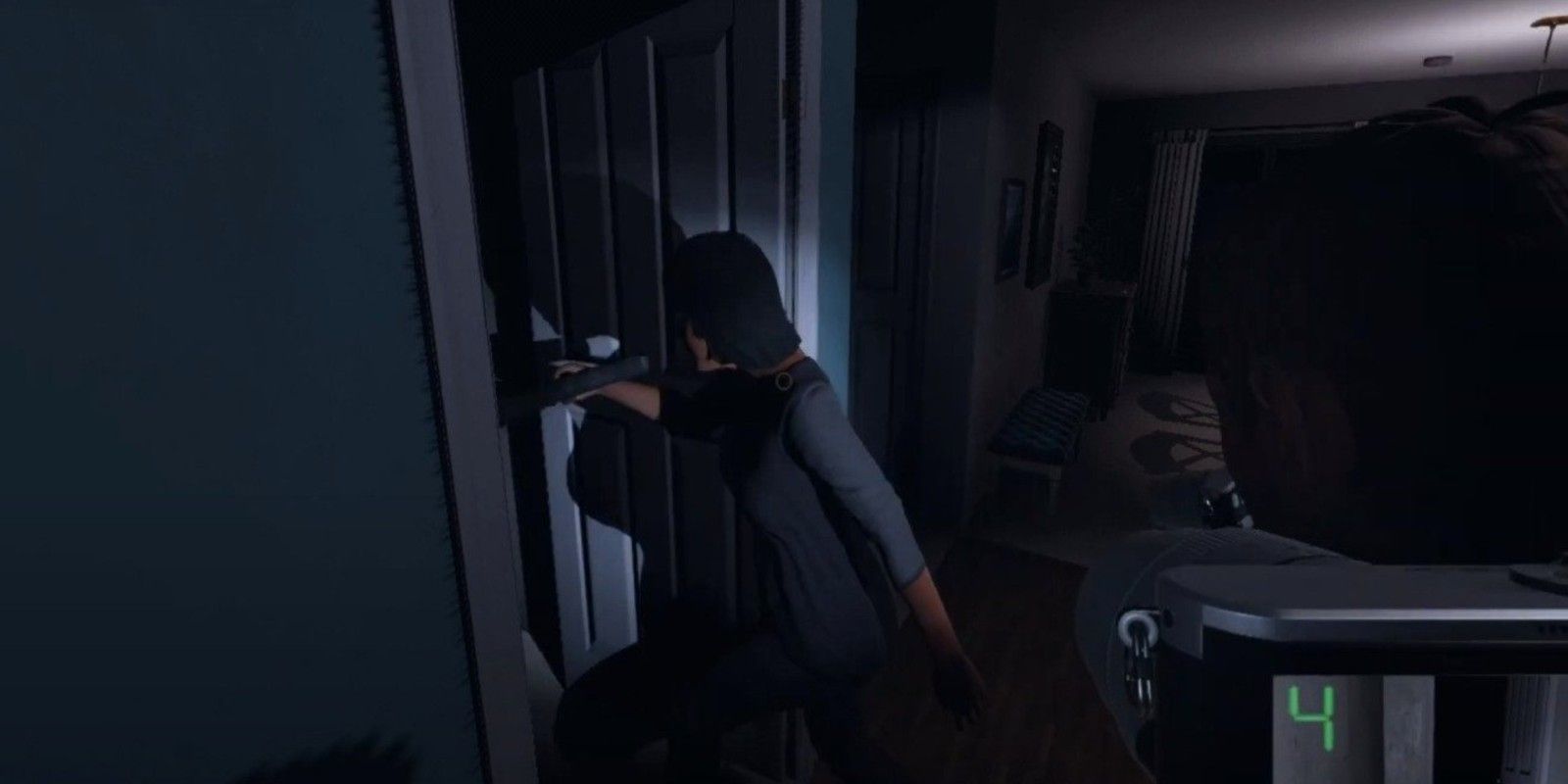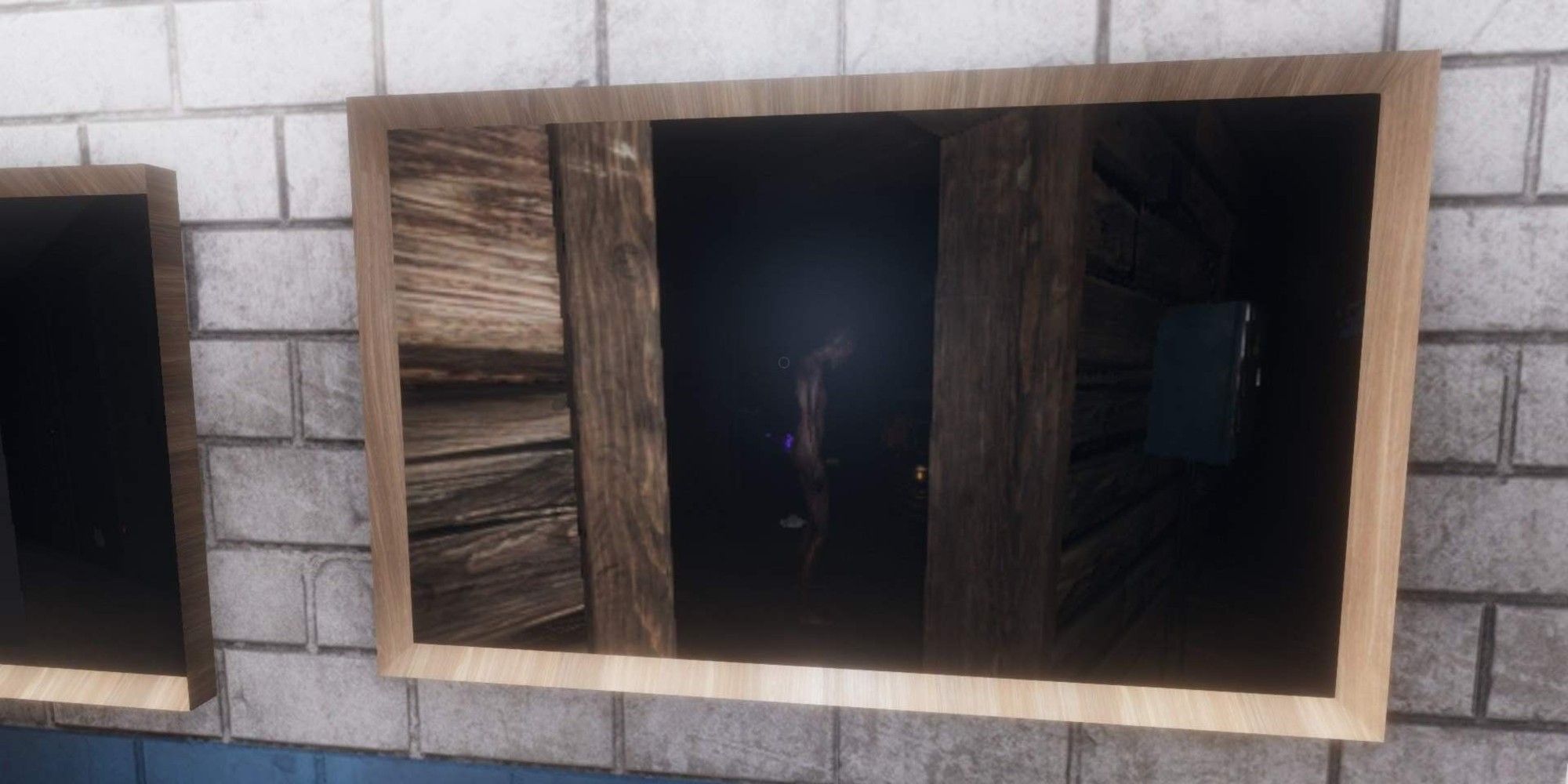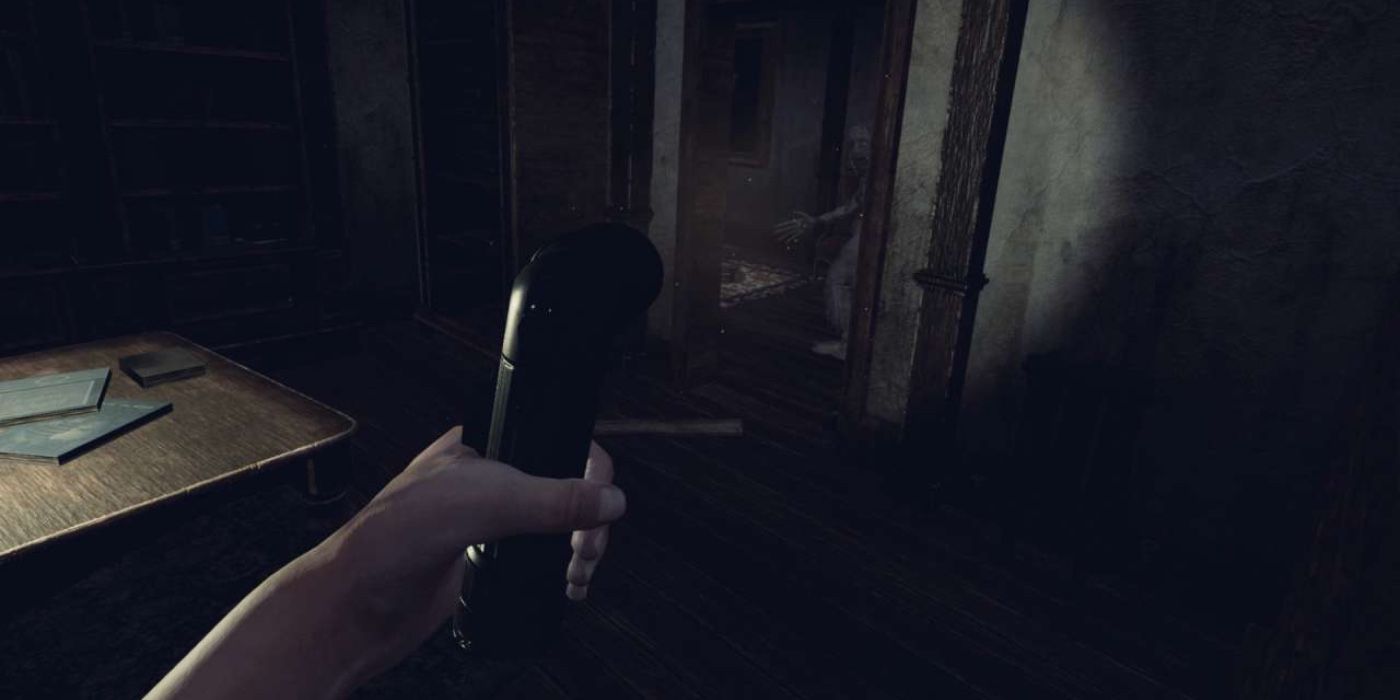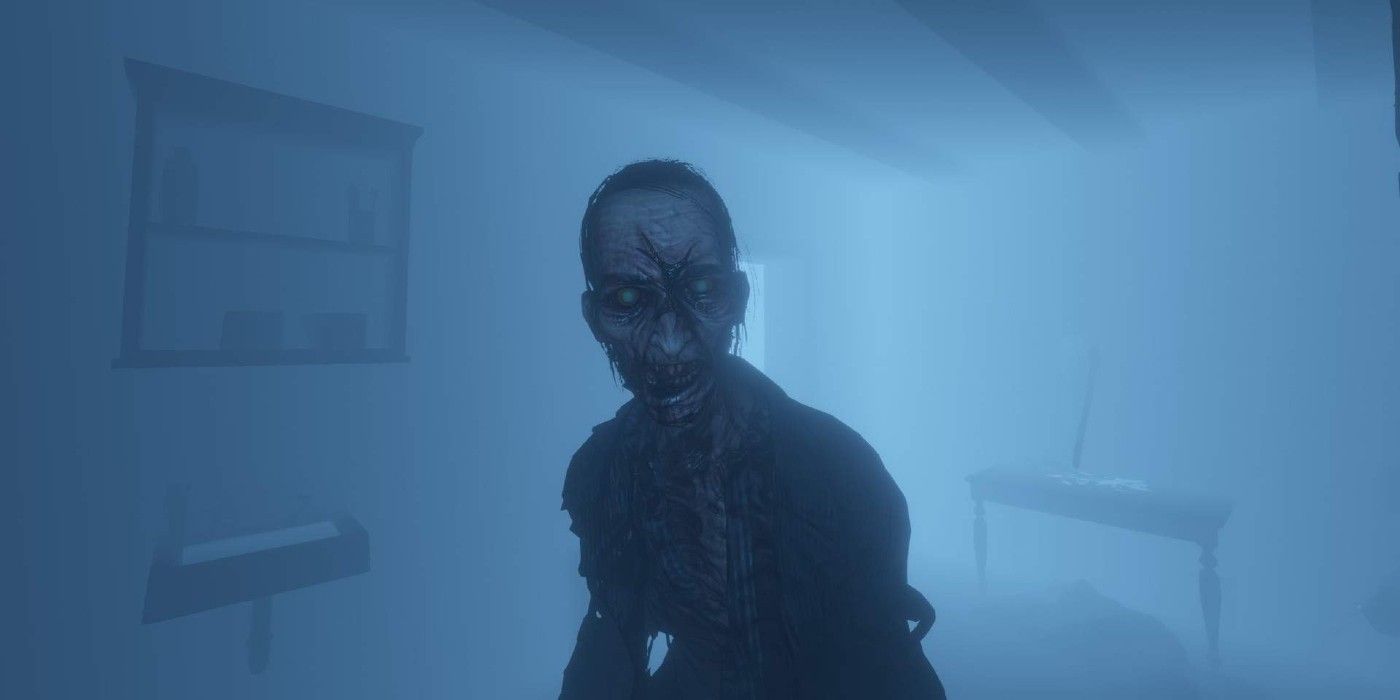In just a few short weeks of the early access, Phasmophobia has exploded in popularity, likely due in part to how perfect it is for streaming. Four players work together as a team of ghost hunters and use specialty equipment like EMF Readers, Night-Vision-Enabled Cameras, and Spirit Boxes to learn more about and eventually identify the ghost haunting a home or abandoned building. Depending on the type of ghost and its associated personality, players may be hunted and killed, leading to jumpscares and other creepy moments that can cause fantastic reactions.
Despite so many players getting together with their friends to bust ghosts in a haunted house, there are still several misconceptions players at even the most advanced levels have about the game. Players may not be aware how hunting phases really work, how to predict ghost behaviors, or how certain equipment can be best used to keep the team alive. This guide lists six things players may not know about some of the inner workings of Phasmophobia.
Six Things Players May Not Know About Phasmophobia
Part of the horror and appeal of Phasmophobia can be the unknown. However, this can also make the game exceedingly difficult for newcomers, who often get dropped in without much of a primer. Players can keep these tips in mind the next time they play to better understand the game and stand a better chance against the ghosts.
1. The ghost's choice of target during a hunt is largely based on line of sight, not sound.
Many players erroneously believe the ghost primarily targets players during a hunt based on sounds picked up in the microphone. This is only partially true. In some cases, the ghost will be drawn to a target or to change targets based on hearing a loud noise in the microphone, but not always. The single biggest predictor for whether the ghost will target a player is whether that player is in the ghost's line of sight. During a hunt, the ghost will shoot invisible lines called raytracers from its head to the player character's head. This allows it to zero in on that player as a target. Sometimes, crouching can break this line, which will lead the ghost to target another player. This is why hiding during the hunting phase is the best course of action.
Some players insist sound has been a factor in their games, which is entirely possible, but many others have reported being able to hide in a closet and blare loud music into the microphone without ever being caught by the ghost. Instead, if the ghost, in its wandering, catches a player in one of its raytracers, that's the player the ghost will target and chase.
2. Low sanity doesn't necessarily make the ghost target a player.
The health meter in Phasmophobia is a player's sanity, and the game tracks the group's overall sanity in the truck. Sanity will fall gradually, but players lose it at a faster rate if they experience ghostly phenomena or actually see the ghost. Many players believe if sanity gets too low, the ghost will automatically target them for attacks. This isn't exactly how things work, however.
Low sanity increases the chances of ghostly phenomena occurring and increases the frequency with which a ghost will initiate hunting phases. However, what matters is overall group sanity, not just the sanity of a single player. Because hunts happen more frequently, there is an increased chance for a player with low sanity to get caught in the ghost's line of sight and be targeted and killed. Sanity levels for individual players are not programmed to make the ghost specifically target those players.
3. Players don't need to turn on the sink to get dirty water.
If the players need to get a picture of dirty water as a secondary objective, they may be tempted to turn on the sink and wait for the ghost to interact with it. However, they don't need to bother. Instead, if the ghost gets angry enough and enters the bathroom or kitchen, it will turn on the tap and make it dispense dirty water. Players can skip the extra step of using the faucet and concentrate on irritating the ghost.
4. The Thermometer may not work in the smaller houses.
A Thermometer, an EMF Reader, and a Flashlight should be part of every team's starting equipment. However, Thermometers can be extremely buggy and, in smaller houses, may not work. If Freezing Temperatures are a piece of evidence used to identify the ghost, the Thermometer will eventually display this, but it may take a while of wandering around for that to happen, and the player may need to double back to a room they've already temperature checked a few times.
5. Using a ghost's first name is usually sufficient.
Most players take their ghost hunting cues from movies and television and try to learn and use the ghost's full name. It is true the ghosts do not appreciate being called by their name and may grow restless or angry, but usually just calling the ghost by its first name is sufficient to get a reaction. Of course, the more players talk to the ghost, the more they will incite it to anger, so if this is the goal, by all means they should use the ghost's full name.
6. Teammates don't need to snap a photo of a player's dead body to claim insurance for lost equipment.
Unlike in real life, players don't need to prove the death of a teammate to claim insurance money. When a player is killed by a ghost in the game, they lose any equipment they were carrying. Some players believe they need a photograph of the dead body to claim the insurance reimbursement for lost equipment. This is not the case, and on Amateur and Intermediate maps, players will get that insurance money automatically.
Players should still take a photo of a dead player's body, however, because this counts toward a photo reward. If the picture is clear enough, the team can earn $10 or more for capturing it.
Phasmophobia is available for PC.




